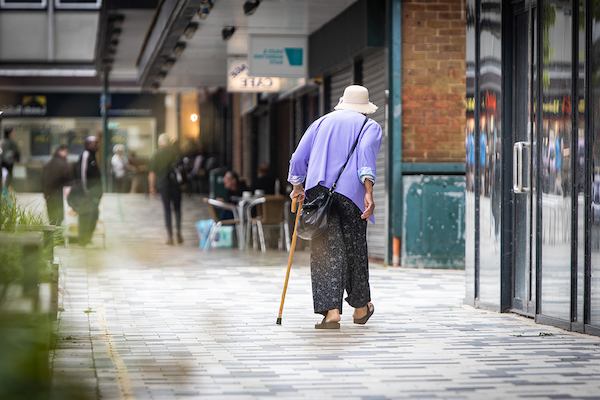COVID-19 poses a significant threat to the health and wellbeing of older people. The risk of serious illness requiring hospitalisation and the risk of death both rise with age and this is reflected in the prioritisation of the vaccine across the UK. Indeed, the Joint Committee on Vaccination and Immunisation (JCVI) estimated that members of the public covered by the nine priority groups (eight of which include people over the age of 50, regardless of pre-existing health conditions) represent around 99% of preventable mortality from COVID-19. While this is undoubtedly good news, there is no doubt that the impact of COVID-19 pandemic will be felt well beyond this year.
In addition to the damage done by the disease itself, the associated lockdowns and shielding guidance reduces physical activity levels and so risks causing a loss of muscle and increased frailty. Findings from the Centre for Ageing Better’s State of Ageing 2020 report highlighted that physical inactivity increases with age – more than three in five people (62%) aged 55-64 are ‘active’ (that is, they do 150 minutes or more of moderate activity or 75 minutes of vigorous activity per week) but this drops just a little (to 59%) among people aged 65-74. Coronavirus guidelines have accelerated this lack of activity. Almost one in three people aged 50 or older polled as part of the joint report (32%) said they had done less physical activity during the UK’s first national lockdown (23 March – 4 July 2020) than before.
This reduction in physical activity among older people is of concern – while a younger person may be able to cope with a slight reduction in muscle mass, it can have dramatic functional consequences, perhaps tilting the balance from being just able to do something, for example rising from a chair, and not. Indeed, data shows that that we are already living a longer portion of our lives with disability – males at birth could expect to live 18.7% of their lives with disability over the 2006-08 period, this had increased to 21.0% by 2016-18. For females at birth, the proportion of life spent with disability increased from 21.3% to 25.6% over the ten-year period to 2016-18 – and there is real concern the pandemic may have exacerbated this further.


